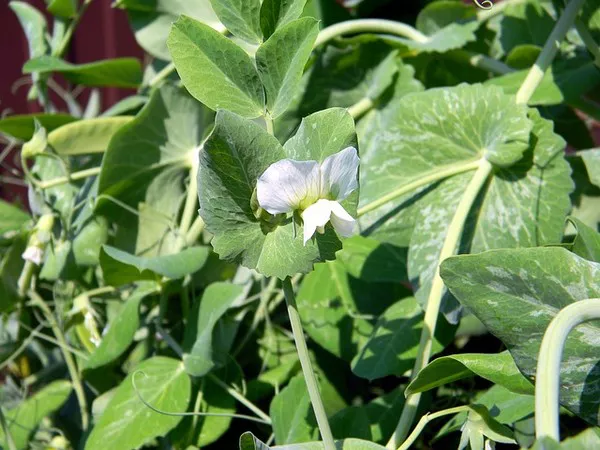Maize plants have long been recognized for their capacity to produce benzoxazinoids, unique compounds derived from indole, which serve as a potent defense mechanism against various herbivores while also displaying antimicrobial properties. Moreover, benzoxazinoids are believed to play a role in mediating plant-plant interactions. While their biosynthesis in maize has been studied since the 1990s, it has remained a mystery why these compounds sporadically appear in various, distantly related plant families.
To shed light on this enigma, the research team led by Tobias Köllner from the Department of Natural Product Biosynthesis at the Max Planck Institute for Chemical Ecology embarked on a quest to ascertain whether the ability to synthesize benzoxazinoids evolved independently in diverse plant species.
Two distantly related eudicot plant species, the golden dead-nettle Lamium galebodolon, found in European sparse forests, and the zebra plant Aphelandra squarrosa, a beloved houseplant, were selected for this study. Their findings have been documented in the Proceedings of the National Academy of Sciences.
For both plant species, the researchers meticulously compiled data sets encompassing the compounds and genes expressed in various tissues. These datasets were then compared to closely related species that do not produce benzoxazinoids, enabling the identification of candidate genes potentially involved in the formation of these compounds. The researchers further examined these candidates by expressing them in tobacco plants to verify their role in benzoxazinoid production.
The research outcomes have confirmed that the metabolic pathway for benzoxazinoid production independently evolved in maize and the two species under investigation. Notably, it was observed that unlike in maize, where closely related cytochrome P450 enzymes perform specific steps in the metabolic pathway, diverse enzyme classes, as well as unrelated enzyme families of cytochrome P450, were recruited in the golden dead-nettle and zebra plant.
The discovery that these two species employ a dual-function flavin-containing monooxygenase, as opposed to the two different cytochrome P450 enzymes found in grasses, was particularly unexpected. This study underscores the remarkable flexibility of plant metabolism, as it reveals that plants can independently devise diverse strategies to synthesize the same chemical compounds. Intriguingly, such independent evolutionary events have occurred at least three times in the history of benzoxazinoids, highlighting the multifaceted nature of plant metabolism.
Looking ahead, the research team aims to expand their investigations into the biosynthesis of these compounds in additional plant families, further unraveling the captivating story of plant chemistry and evolution.


